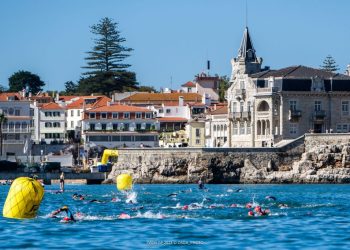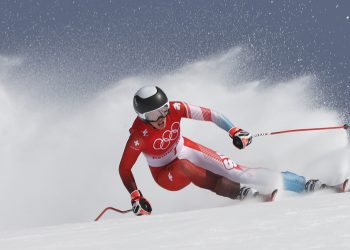Spartan Races have surged in popularity worldwide, offering intense obstacle-course challenges across natural landscapes. Beyond testing physical limits, these races also provide a powerful platform for promoting environmental stewardship in sport.
Spartan Race acknowledges its environmental footprint and encourages participants to minimize waste by adopting “pack it in, pack it out” practices and even organizing trail clean-ups, a form of “plogging” that combines running with litter collection. These efforts reflect a growing awareness among organizers and runners of their responsibility to preserve the natural venues that fuel the Spartan spirit.
On the organizational side, sustainable race principles apply effectively to Spartan events. The endurance sport community increasingly favors eco-friendly hydration strategies, such as cupless races and biodegradable or reusable water cup systems. These innovations reduce reliance on single-use plastics while enhancing the overall race experience.
Sustainable apparel and race merchandise also play a role in reducing environmental impact. Event organizers are transitioning to technical shirts made from recycled plastic bottles, organic cotton alternatives, and eco-conscious bibs and medals crafted from bamboo, cork, or recycled paper. Providing runners the choice to opt out of traditional race swag in favour of planting a tree, for example, can foster meaningful engagement with environmental causes.
The Spartan organization itself commits to broader principles of ethical governance and social responsibility. Agreements with international federations in obstacle-course sport aim to uphold transparency, sustainability, and inclusiveness across competitions, aligning with global standards in sports governance.
In sum, Spartan Races are embracing sustainability through participant engagement, eco-friendly race practices, sustainable merchandise, and a commitment to governance principles that extend environmental awareness throughout the obstacle-course racing community. As the movement grows, these efforts could set a new standard for endurance events worldwide.



















